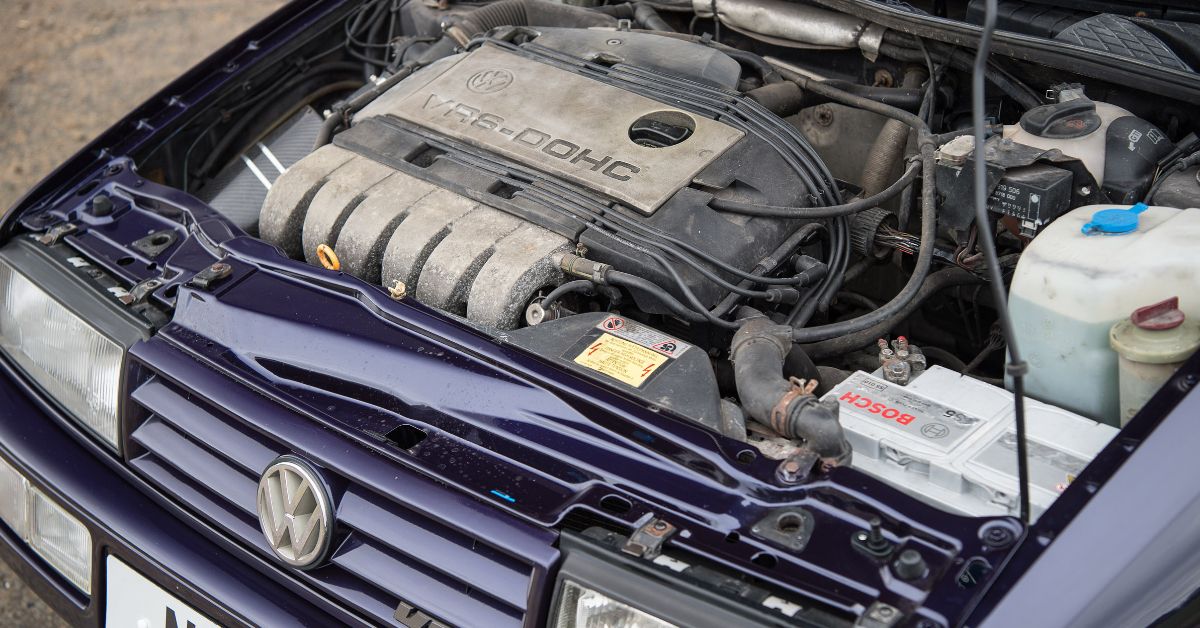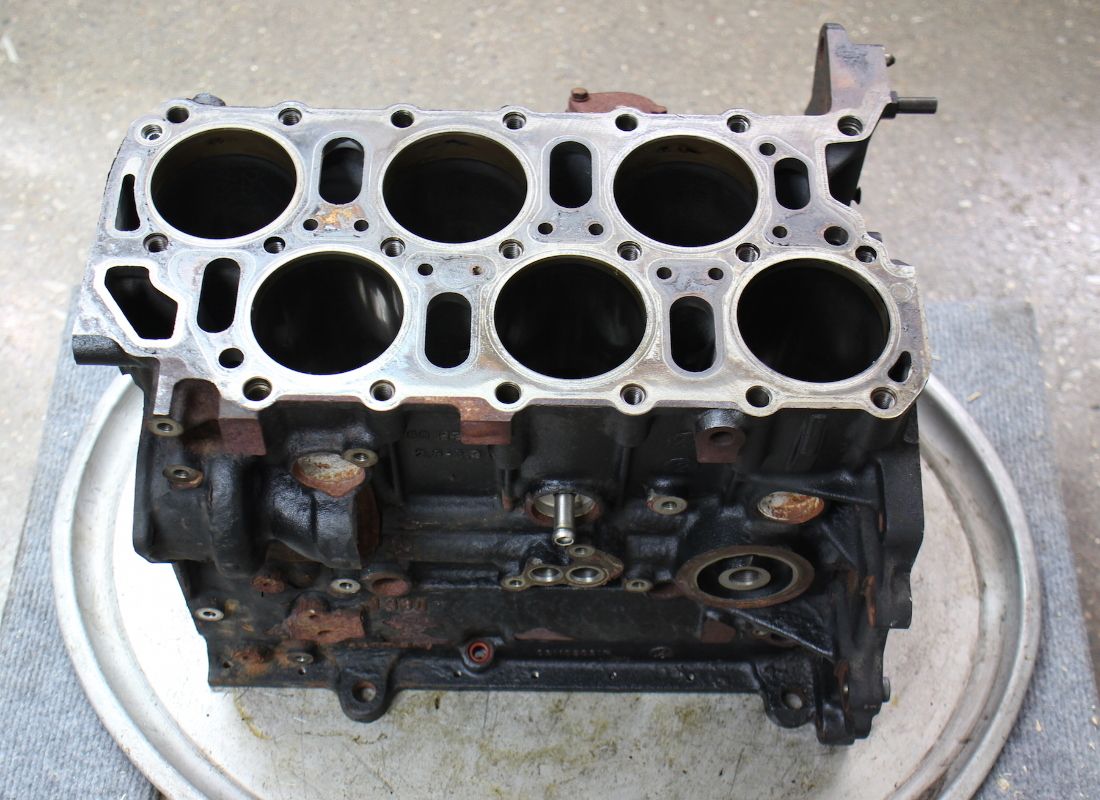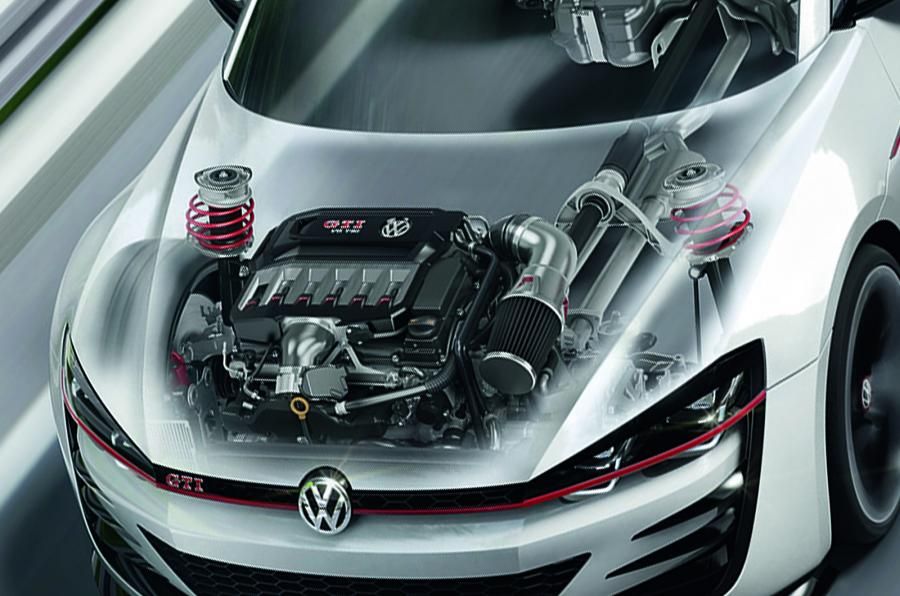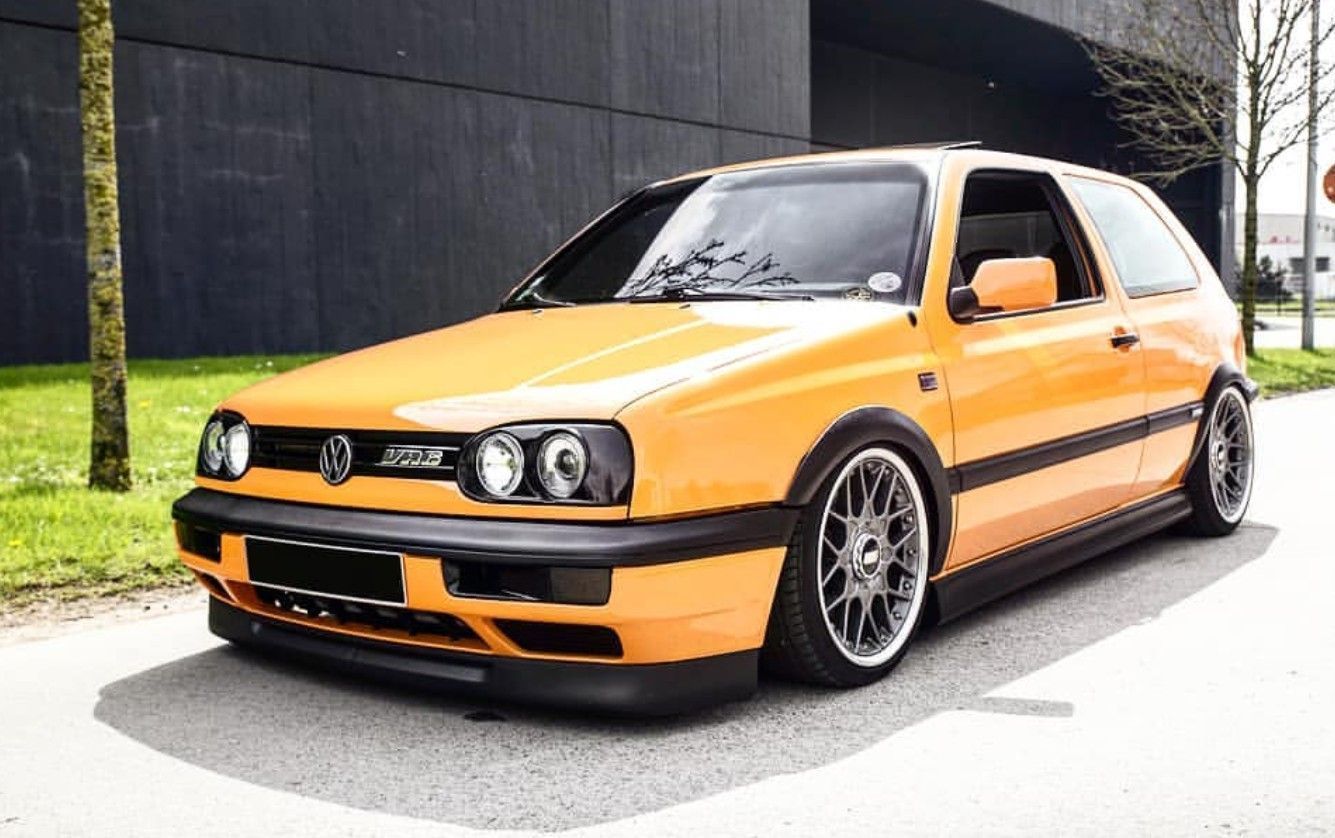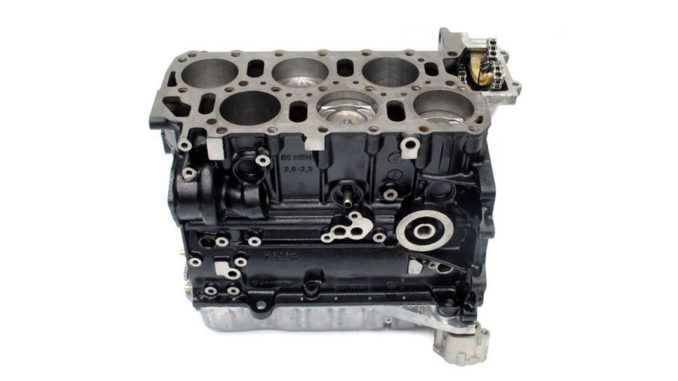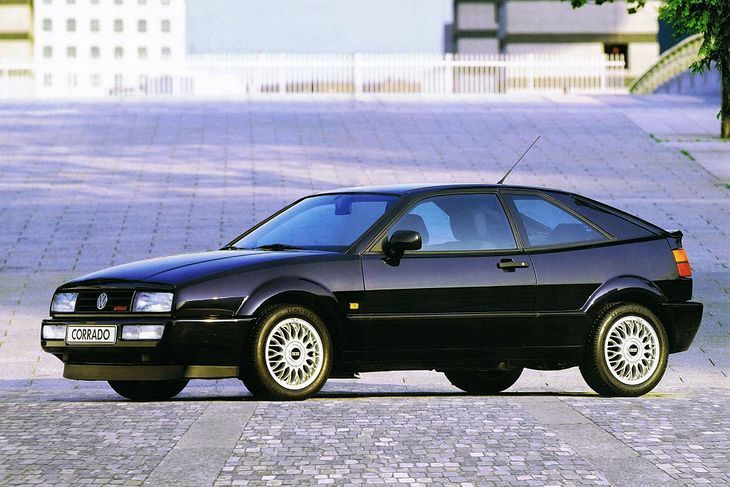Car companies have been struggling for years with the different 6-cylinder layouts and have been making big compromises to fit their favored engine in new cars. It's like if you were Goldilocks but instead of walking into a house full of bears, you walked into a speed shop where they are machining engine blocks.
That would entirely ruin the story and bore millions of children out of their minds, however, the "too hot/too cold/just right" principle remains the same - the inline-6 is so smooth and sounds so good, but it is so damn big, and the V6 is perfectly compact but it's unbalanced, not smooth, and sounds weird. So what is the answer?
Is it flat-6? Well, you could argue for that too, but Goldilocks would complain about how their so wide and how Porsche has a monopoly on the flat-six market, you know her. So, if not inline-6, V6, or even flat-6, how can we find the perfect bowl of engine porridge?
5 VR6 Is The Answer
Back in 1991 a quaint little company by the name of Volkswagen - you may have heard of them - designed an engine that could solve nearly all the problems with the 6-cylinder layout. They call it the VR6.
It is not a flat-6, V6, nor an inline-6, but rather, the un-6, the non-6, or the anti-6 - an engine that certainly has 6 cylinders but doesn't follow the rules. The VR6 is the edgy, quiet kid in school who always dated the prettiest girls, but was still a straight-A student.
4 The Genius Of The Germans
Like an inline-6, the VR6 has a single cylinder head but instead of all the cylinders being directly inline, they were staggered like the players on a foosball table. This allowed the cylinders of the engine to be in a more compact package whilst avoiding the wideness and shaky tendencies of a V6.
The name VR6 is quite simple when taken apart. The "V" stands for a V formation of cylinders like a V8 or V12, the "R" stand for reihenmotor, a german word that means "inline", and the 6 is obviously the number of cylinders. So, it is a literary combination of both a V configuration and an inline configuration.
It is also said that VR6, in German, actually stands for "Verkurzt Reihenmotor 6", or "shortened straight 6". Either way, VR6 symbolizes the joining of both the V6 and inline-6's benefits.
3 Pros
The VR6 has a lot of advantages, the most notable being, its packaging. The original design of the V6 engine was never engineered to be a stand-alone piece of automotive technology, it was specifically designed to get the 6-cylinder engine down to a size that would fit in any small-medium sized engine bay.
Everyone knows that an inline-6 is the ideal layout between the two but a lot of cars, specifically the VWs that feature the VR6, don't have the cowl space and/or length to fit the long straight six in there, which is why the staggered pistons on the VR6 are so helpful when packing more cylinders into smaller cars.
Another beneficial aspect of these engines is their relative simplicity. For any V-layout engine, it needs twice as much important stuff as an inline engine. It needs two cylinder heads, two valve trains, two fuel injector rails, two cams, and so on and so on. And there lies the genius of the VR6, it keeps that nice compact shape of a V6, but it only needs one cylinder head, one set of cams, and one of everything else, which equates to half as much pain to deal with when it breaks.
Speaking of breaking, the VR6 doesn't actually do it that often. It's balanced enough that its motions are balanced and natural, requiring fewer parts and counterweights, something that a V6 can't say for itself.
If you like small engines but dislike their shortage of power, the VR6 is a fantastic fit for your needs. It can make inline-4 turbo power while being the same size and naturally aspirated, which seems to be a dying art these days.
2 Cons
There isn't such thing as a perfect engine, sometimes they have great power but too much turbo lag or too much mass, sometimes they sound great and fit well but they don't make enough power or they break all the time. After all, it is these combinations of characteristics that get an engine its personality, and in the end, our love, which is why it is important to know that the VR6 does have some flaws of its own.
For such a nice little compact engine, it is very complicated. Go figure... a one of a kind 6 cylinder with one head and two banks of cylinders takes some time to master. Relative to a similarly sized 4 cylinder, the VR6 is lightyears more taxing to service and fully understand than a simple 4 banger out of a Civic.
And their complicated nature makes them hard to modify too. Because all 6 cylinders share the one head, they are all packed meticulously into the block like sardines, which means that if you want to bore it out and make a crap ton of power, you best be prepared to do a thorough rebuild and lots of machining.
1 Desirability
Despite the cons we mentioned, this marvel of German engineering is truly one of the coolest engines of all time. For a mass-producing company like VW to go out and design a completely new engine layout and then nail it, is a testament to their dedication.
The VR6 found its way into nearly every VW and still remains a prominent powerplant for VWs cars today. There is a reason why VR6 Golfs go for a good sum of money now because they sound like nothing you've ever heard, they make great power, and they fit in something as small as a GTI.
Go out and sell your friends on a VR6 car, they will thank you.

